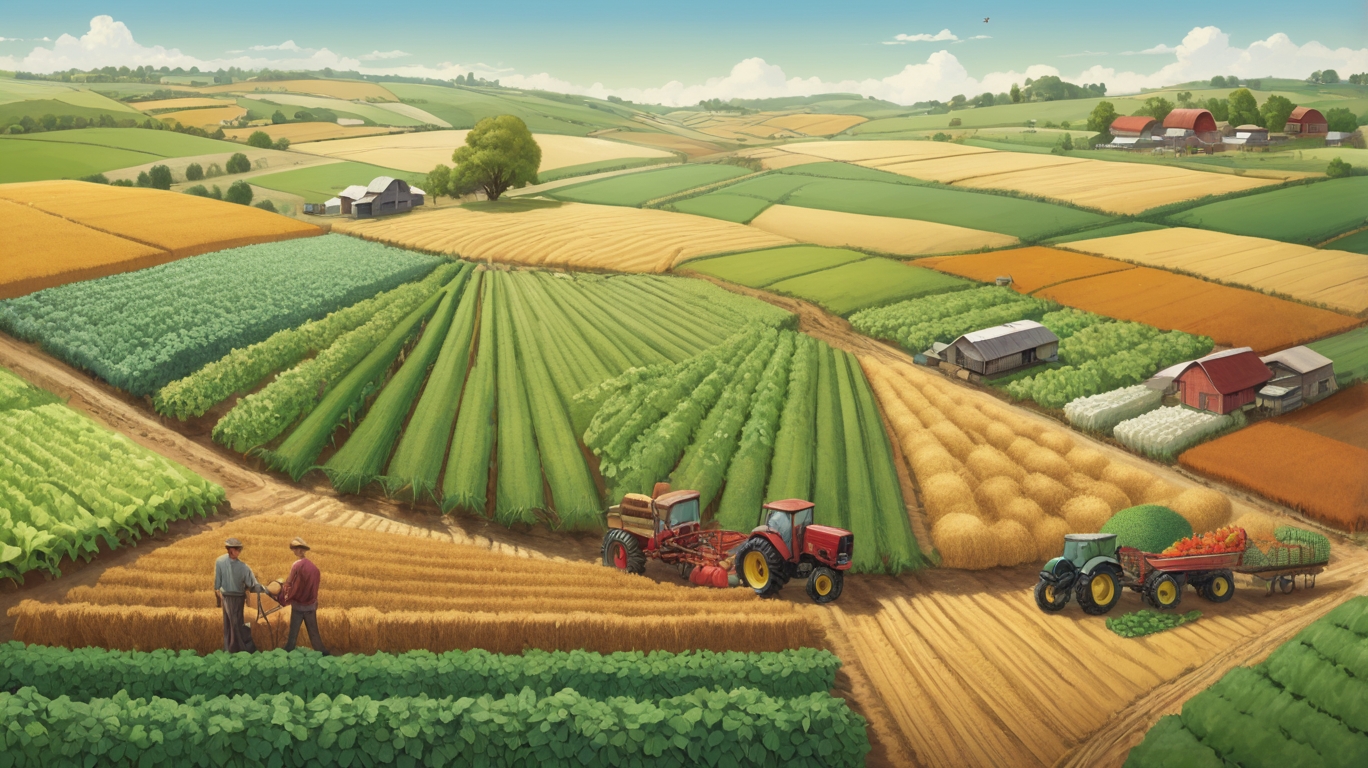Understanding Agricultural Subsidies: A Balanced Perspective
Agriculture is the backbone of many economies, providing food security, employment, and raw materials for industries. To support farmers and ensure stable food production, governments around the world implement agricultural subsidies. But what exactly are these subsidies, and how do they impact farmers, consumers, and the environment? Let’s explore this topic with a measured and thoughtful approach.

What Are Agricultural Subsidies?
Agricultural subsidies are financial aids provided by governments to farmers and agribusinesses. These can take various forms, including:
- Direct Payments – Cash given to farmers based on crop production or land ownership.
- Price Supports – Guaranteed minimum prices for certain crops to protect farmers from market fluctuations.
- Tax Breaks & Insurance – Reduced taxes or subsidized crop insurance to mitigate risks like droughts or pests.
- Input Subsidies – Discounts on seeds, fertilizers, or fuel to lower production costs.
The primary goal is to stabilize food supply, support rural economies, and ensure farmers can sustain their livelihoods despite unpredictable challenges like weather and market volatility.
The Benefits of Agricultural Subsidies
1. Stabilizing Food Supply
Subsidies help maintain consistent food production, preventing extreme price swings that could lead to shortages or unaffordable food prices.
2. Supporting Small Farmers
Small-scale farmers often struggle with high operational costs. Subsidies can level the playing field, allowing them to compete with larger agricultural corporations.
3. Encouraging Sustainable Practices
Some subsidies are tied to environmentally friendly farming methods, such as crop rotation or organic farming, promoting long-term ecological balance.
4. Economic Security in Rural Areas
Agriculture employs millions worldwide. Subsidies help sustain rural communities by keeping farms operational, preserving jobs, and maintaining local economies.
The Challenges and Criticisms
While subsidies offer significant benefits, they are not without controversy. Some concerns include:
1. Market Distortions
Overproduction of subsidized crops (like corn or wheat) can lead to surpluses, depressing global prices and disadvantaging farmers in unsubsidized regions.
2. Environmental Impact
Certain subsidies encourage monoculture farming or excessive fertilizer use, contributing to soil degradation and water pollution.
3. Unequal Distribution
Large agribusinesses often receive the majority of subsidies, while small farmers see minimal benefits, widening economic disparities.
4. Trade Disputes
Export subsidies can lead to trade conflicts, as countries accuse each other of unfair competition in global markets.
Finding a Balanced Approach
The debate over agricultural subsidies isn’t about eliminating them entirely but rather refining them for fairness and sustainability. Possible solutions include:
- Targeting Small Farmers – Redirecting more support to family-owned farms rather than large corporations.
- Promoting Eco-Friendly Practices – Incentivizing regenerative agriculture, agroforestry, and reduced chemical use.
- Transparency & Reform – Ensuring subsidy policies are clear, measurable, and adjusted based on real-world impact.
Final Thoughts
Agricultural subsidies play a crucial role in global food systems, but their implementation requires careful consideration. By balancing economic support with environmental responsibility and equitable distribution, we can create a system that benefits farmers, consumers, and the planet alike.
Understanding these subsidies helps us engage in informed discussions about food policy, sustainability, and economic fairness—an essential step toward a more resilient agricultural future.
What are your thoughts on agricultural subsidies? Do you believe they need reform, or are they functioning as intended? Share your perspective in the comments.